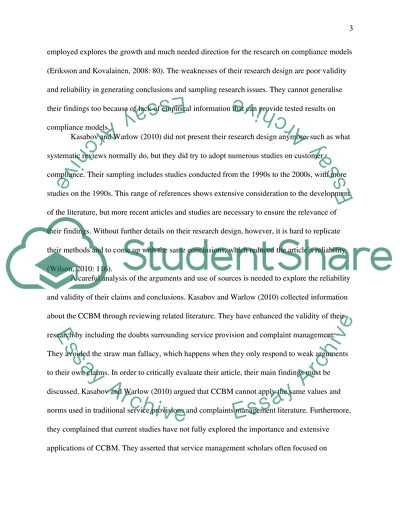Cite this document
(“Analyse and critique the research and methodological choices in three Essay”, n.d.)
Retrieved from https://studentshare.org/marketing/1459684-analyse-and-critique-the-research-and
Retrieved from https://studentshare.org/marketing/1459684-analyse-and-critique-the-research-and
(Analyse and Critique the Research and Methodological Choices in Three Essay)
https://studentshare.org/marketing/1459684-analyse-and-critique-the-research-and.
https://studentshare.org/marketing/1459684-analyse-and-critique-the-research-and.
“Analyse and Critique the Research and Methodological Choices in Three Essay”, n.d. https://studentshare.org/marketing/1459684-analyse-and-critique-the-research-and.


